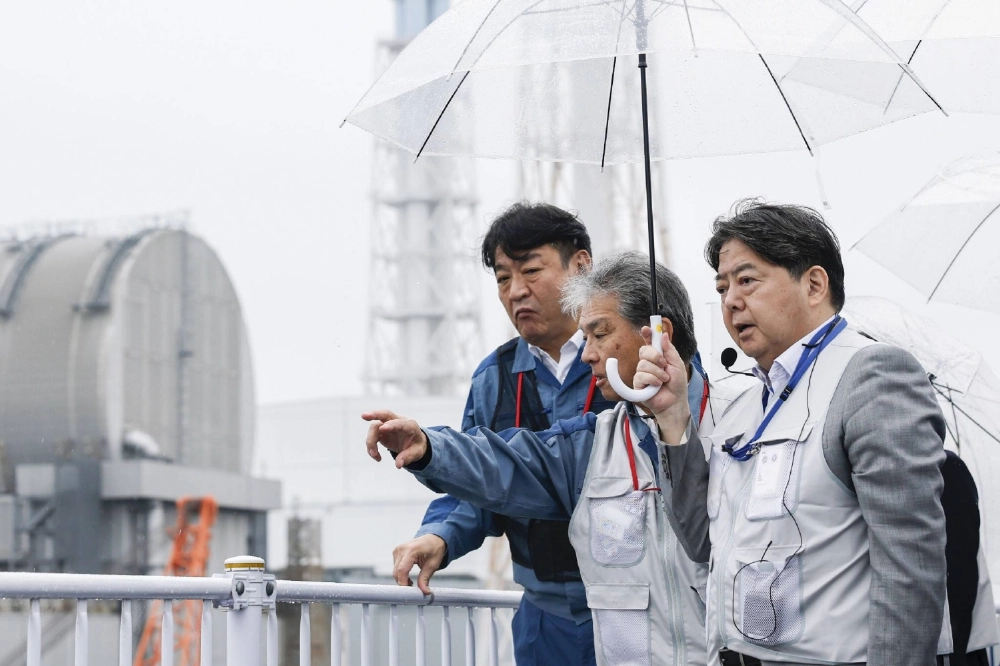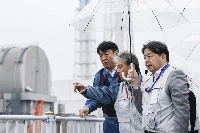The government will use more of the soil removed in decontamination work after the 2011 nuclear accident in Fukushima Prefecture at central government facilities starting next month, according to an outline schedule of plans for the soil.
The Ministry of Economy, Trade and Industry and other central government agencies will use some of the soil in flower beds at their grounds in Tokyo. Reuse at government agency branches outside the capital will also be considered.
Such moves are aimed at gaining public understanding of the safety of the soil and encouraging wider use, including in public works projects, government officials said.
In July, some of the soil was reused at the Prime Minister's Office in Tokyo as a base for planting trees.
While promoting reuse, the government will begin the process around 2030 to pick a final disposal site for the remaining soil.
The government is expected this week to adopt the schedule for the next five years for the reuse and final disposal of the soil removed following the March 2011 triple reactor meltdown at the Fukushima No. 1 nuclear power plant.
A Japanese law stipulates that the remaining soil from the decontamination work be subject to final disposal outside Fukushima by March 2045.
In autumn, the Environment Ministry will set up an experts' panel where technical issues such as how to transport the soil will be discussed.
Some 14 million cubic meters of soil from the decontamination work is temporarily stored at an interim storage facility near the nuclear plant. Of the total, three-quarters with radiation concentrations of 8,000 becquerels per kilogram or less will be reused and the rest will be sent for final disposal.



















With your current subscription plan you can comment on stories. However, before writing your first comment, please create a display name in the Profile section of your subscriber account page.